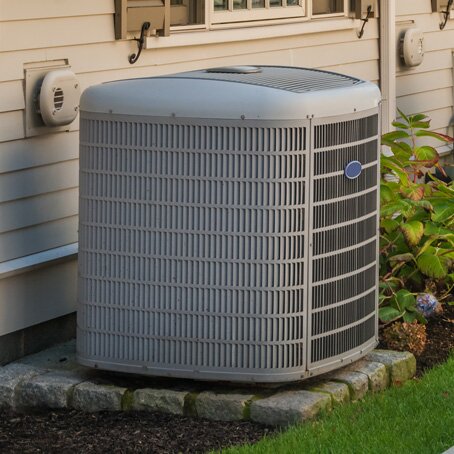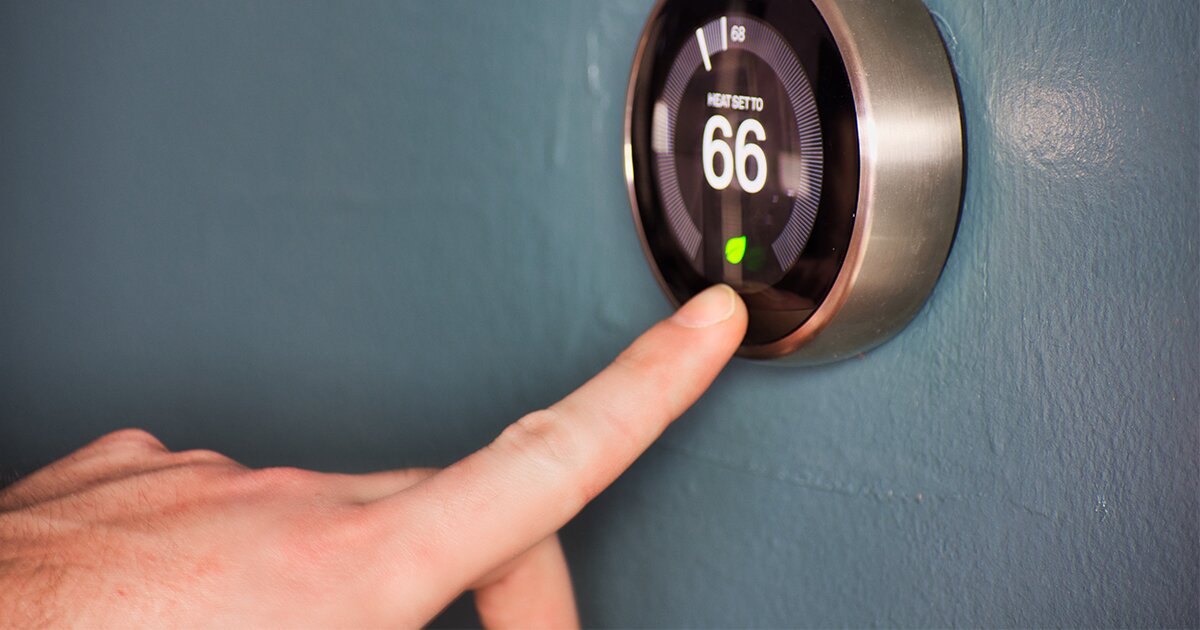Six Ways to Save on Your Natural Gas and Energy Bill This Winter

Let’s face it. We’ve all been spending more time at home and indoors the last couple of years. And most of us log even more hours as homebodies when the winter winds pick up. Sure, there’s more time to fix squeaky doors and remove dust from bookshelves. But we’re all consuming more energy in the process, which means less money in our pockets. So, with that in mind, here are six ways to save on your energy and natural gas bill this winter.
Keep your HVAC system in tip-top shape
While it’s a good idea to have your HVAC inspected once a year (faulty systems can be dangerous and expensive once they break down), there are several simple things you can do yourself to make sure it’s running smoothly and efficiently.
- Change or clean your air filters. This needs to be done at least every three months. If not, dust and debris can build up and cause problems. Parts can wear out due to the strain. Your energy use will go up. Your home won’t get as warm, and air quality will go down.
- Keep your vents clear. HVAC vents can be located in ceilings, walls or floors. You’ll want to make sure none are blocked by curtains, rugs, furniture or other objects. When air is prevented from moving freely, it causes your system to work harder than it should and often keeps temperatures from being distributed evenly throughout your home.
- Check for leaks in your ductwork. If possible, try to check the ductwork in your attic, crawlspace or basement while the heat is running to see if there are any signs of leaks. Duct joints, where two ducts meet, are common areas where leaks occur. Use your hand to check for escaping air near the joints or seams. If you find a leak, duct tape is a good solution in a pinch, but it’s a good idea to have a technician come out to perform a more permanent fix.
Seal your home’s warmth in
In the U.S., air leakage can account for up to 40% of the energy used to heat (and cool) the average home. Sealing any leaks you might have means you’ll save money, increase comfort levels for you and your family and reduce issues related to cold-weather condensation that can damage your home—when warm air escapes and mixes with cool air inside your walls and attic. In most cases, the cost to seal those leaks is relatively inexpensive compared to what you might lose otherwise.
Common problem areas where heat can escape include windows, doors, attic hatches, edges around dryer vents, HVAC send and return vents, recessed lighting, fixtures, light switches and outlets. Leaks are sometimes obvious—perhaps you feel a draft near a window or notice one room is drastically cooler than another. Others, streaming warm air into your walls and attic, might not be so apparent. Fortunately, there are DIY methods to find leaks—some as easy as lighting a stick of incense and watching the trail of smoke as it drifts near or away from a suspected problem area. Click here for more information about how to check for leaks. Or you can call in a professional energy auditor who can help you determine where leaks might be.
Once you know where the problems are, it’s often relatively easy to resolve the issues. Any home supply store will have the necessary caulks, foams, weatherstripping, gaskets and door sweeps you might need. Click here for a helpful article on sealing leaks.
Insulate your windows
If you’ve got single-pane windows, taking steps to seal around the edges with caulking or new weatherstripping may not be enough to keep the cold at bay. If you’re not looking to make the investment in new, more energy-efficient double- or triple-pane windows—or maybe you can’t because you’re a renter—then consider purchasing one or more of the many types of window coverings available on the market.
From insulated shades and curtains, window quilts and films to exterior shutters, awnings and storm windows, you’ve got lots of options that can increase the insulating capacity of your windows. Click here for a helpful article on some of these options.
Choose a fixed rate for your natural gas
The natural gas market is hard to predict, and prices have been trending upward everywhere this season, which can be expensive if you’re using natural gas to heat your home.
Gas South can ease that burden with a low fixed rate that keeps your bill stable and secure. Sign up now online or over the phone and lock in a rate for 12 or 24 months. Joining is quick and easy, and we’ll handle all the details to get you set up. Plus, we never charge a deposit—keeping up to $150 in your pocket.
Or try Gas South’s OnePrice Plan™. It’s one flat, monthly payment that makes paying your bill simple and straightforward—also available in 12- or 24-month plans. You’ll gain peace of mind knowing you’ll pay the same amount every month regardless of usage.
Adjust your water heater
It’s tempting to turn the temperature on your water heater up in the winter, but we suggest turning it down a little—even a degree or two can make a difference in the amount of energy it’s using to heat water. If yours is set at the 140-degree mark the factory sent it out at when it was new, try bumping it down to 120 degrees—most water heaters have a dial that can easily be turned up or down. This can typically mean a cost savings of between 6% and 10%, and 120 degrees still feels warm.
Additionally, if your tank runs on electricity, consider insulating it to help preserve the warmth it produces. Extra insulation does little for gas-heated tanks, but it can cut heat loss by up to 45% in some cases for electrically heated models. This can save you big on your energy consumption—up to 16%, according to experts.
Several manufacturers sell pre-cut water heater jackets or blankets, which can be purchased for as little as $20 at your local home supply store. Just be sure to check with your local utility and municipal codes department. Some have special regulations for insulating water heater tanks.

Turn your thermostat down
We saved the most-obvious energy saver for last: adjusting your thermostat. It’s a decades-old solution touted everywhere—and for good reason. On average, most save about 1% on their energy bill for every degree they turn their thermostats down, according to the U.S. Department of Energy. That can add up to big savings fast. You can adjust it manually, or, if you don’t already have one, purchase a smart thermostat that’s designed to help save you money by automatically adjusting the temperature when you’re gone or asleep at night—when you’re less likely to notice a slight drop.
You can also try wearing warmer clothes inside if you’d like the temperatures to be lower during the waking hours. Or try using a space heater in rooms where you or your family gather most. Experts recommend turning your thermostat down by at least 5 degrees to offset the use of a space heater so you can save money.
 Help
Help Giving Back
Giving Back My Account
My Account Sign Up
Sign Up










